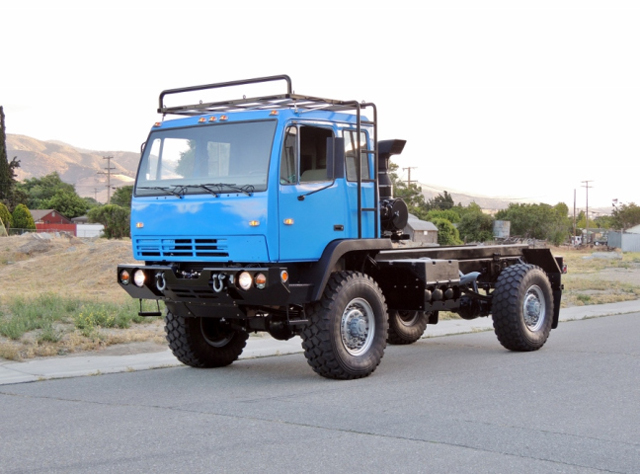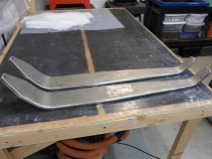This was an expedition truck design and build project that I completed over an 18 month span with my wife Yvonne. The goal of the project was to build and travel in a custom four-wheel drive expedition truck.
We built the vehicle from a 1987 Mercedes-Benz 435 military truck. In addition to refurbishing and modifying the truck chassis and drive-train ourselves, we personally designed and built the habitat living module and systems specifically for this vehicle.
The chassis is large enough to accommodate a 75 square foot living module with a total vehicle weight of up to 16,500 lb. The habitat module has a bathroom, shower, kitchen, eating area, permanent bed, refrigerator, heating, full solar charging system, and a pass-through into the refurbished truck cab. The vehicle is capable of remote operation for several weeks without re-supply.
Up to date information on the project can be found on our blog and Instagram:





















 Proas are a type of traditional South Pacific two hulled outrigger sailboat. Proa are asymmetric with one large hull (aka) on one side and a small hull (ama) on the other. On a Pacific Proa the smaller ama is always kept to the windward side of the boat. The ama acts as a counterweight and provides righting moment against sail load subsequently negating the need for a heavy keel. The absence of a keel and having the small ama lifted high in the water makes Proa have unique sailing performance and potentially very high long distance cruising speed. I sized this Proa for a couple to comfortably live full time while long distance worldwide bluewater cruising.
Proas are a type of traditional South Pacific two hulled outrigger sailboat. Proa are asymmetric with one large hull (aka) on one side and a small hull (ama) on the other. On a Pacific Proa the smaller ama is always kept to the windward side of the boat. The ama acts as a counterweight and provides righting moment against sail load subsequently negating the need for a heavy keel. The absence of a keel and having the small ama lifted high in the water makes Proa have unique sailing performance and potentially very high long distance cruising speed. I sized this Proa for a couple to comfortably live full time while long distance worldwide bluewater cruising.









































